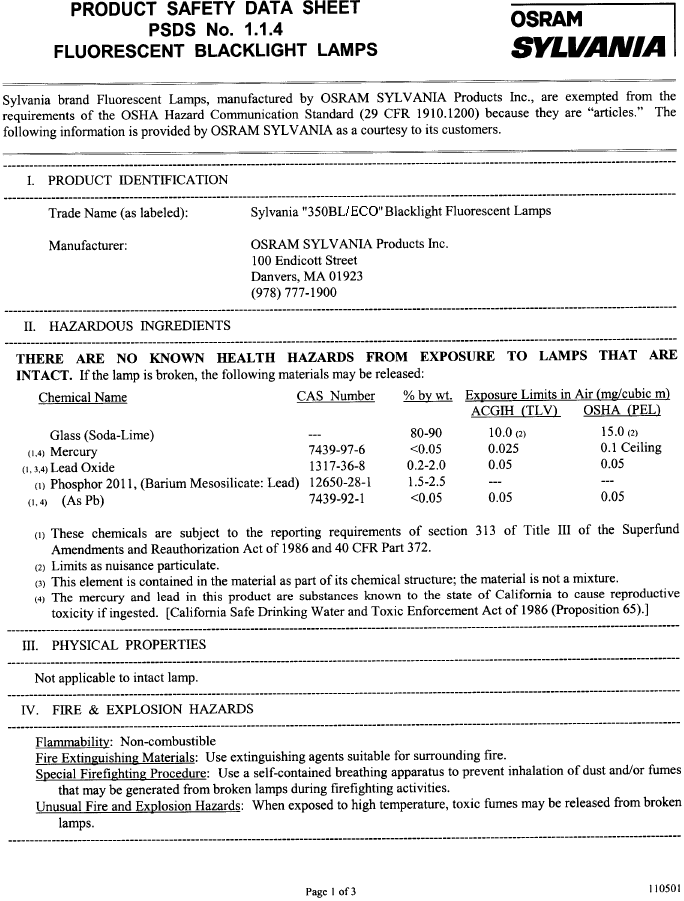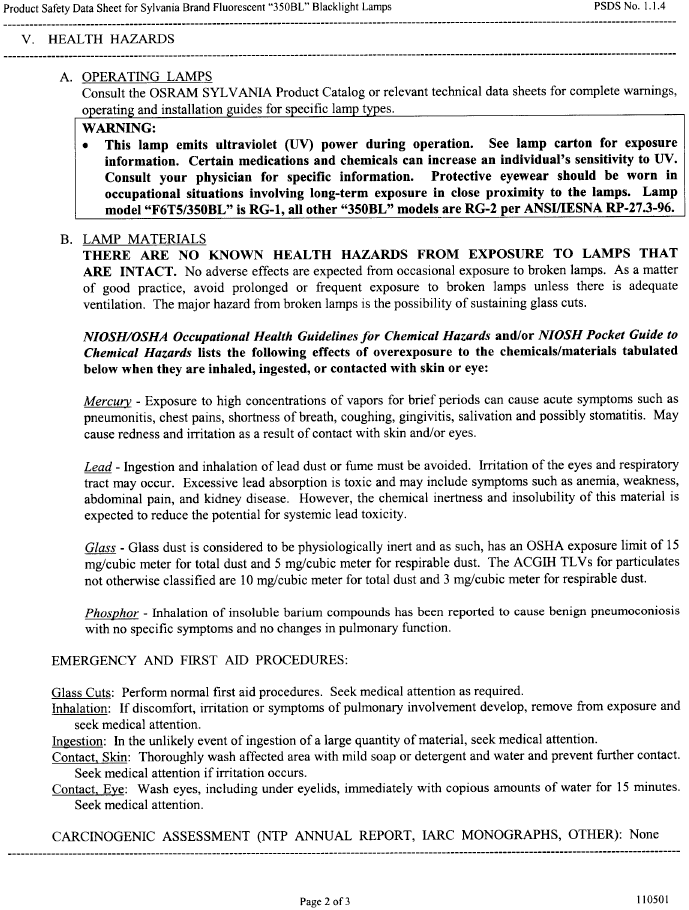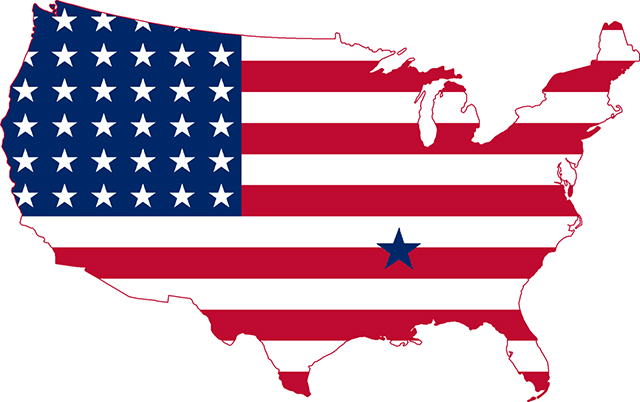
  
29 February, 2000 Mr. David Gilbert, President Dear Mr. Gilbert: As you requested, I am providing you with information on several of our Blacklight fluorescent lamps. The lamp safety information is based on ANSI/IESNA RP-27.1-96, Recommended Practice for Photobiological Safety for Lamps and Lamp Systems - General Requirements. The criteria are essentially the Threshold Limit Values of the American Conference of Governmental Industrial Hygienists. The table below covers the Blacklight fluorescent lamps in which you are interested. Radiant power values are based on analysis of lamps sampled in recent years and the known relations between lamps of various types. All measurements were performed at the standard 100 hour initial rating time with the lamp operated on ANSI specified lamp test ballasts. Spacially total radiant power data are given with S(
The total spacial radiant power in watts can be used as a basis for calculating irradiance at any point with respect to a lamp. I have calculated irradiance in accord with the ANSI/IESNA criterion, i.e., a maximum incident irradiation of 80º angular extent. The irradiance is at a point on a line through the lamp center and normal to the lamp axis; the elemental area is normal to that line. The evaluations are at 30 cm, 60 cm, and 100 cm distances from the lamp axis. These irradiances can be used to evaluate the exposure limitations defined in the ANSI/IESNA standard. The UV-A limit for continuous exposure of the eye is 1.0 mW/cm2. All of the blacklight lamps meet this condition even for the smallest distance of 30 cm (approximately 12 inches). The S( Any application of such data must consider the particular conditions of exposure. Factors could include the cumulative time actually spent at close distances per day, the decrease of lamp emission as the lamp ages, the fact that many commercial ballasts operate lamps below their rating, etc. The major contribution to the S( If you have further questions, please feel free to contact me at any time.
|
 Made in the USA of US and imported parts.
Made in the USA of US and imported parts.Buy Our Traps, Create US Jobs!
